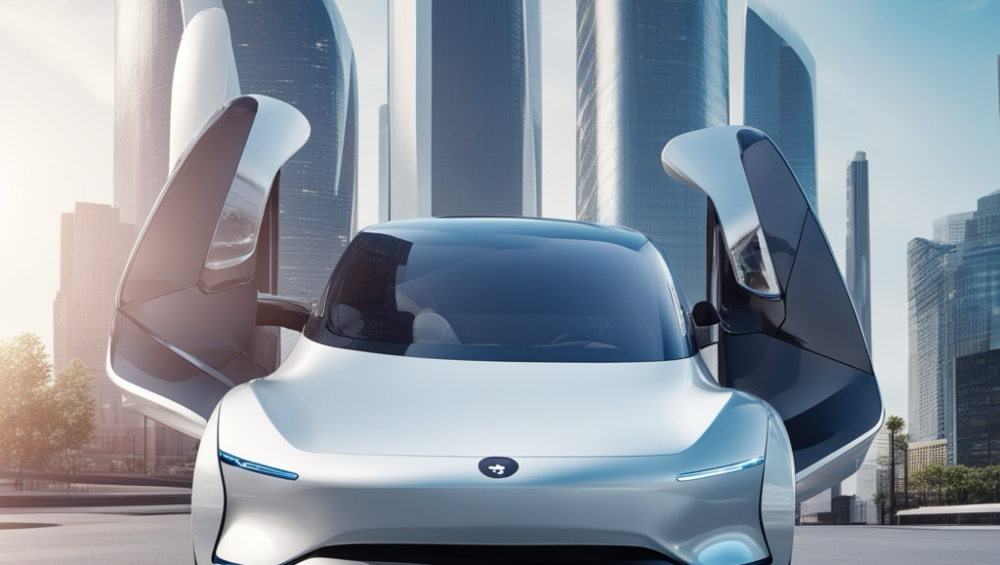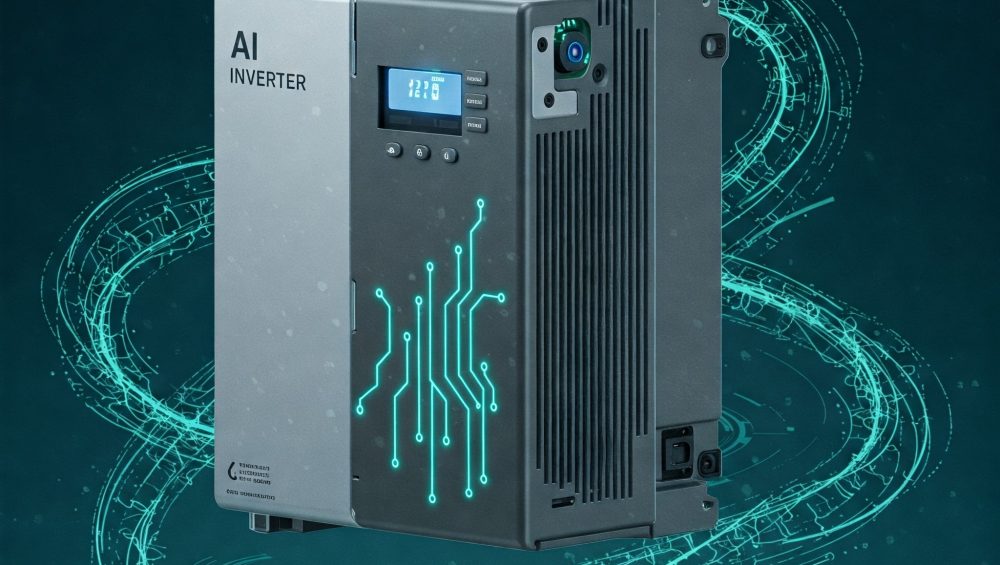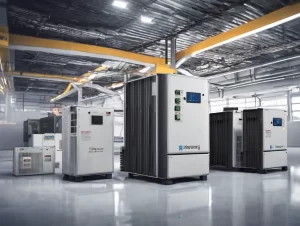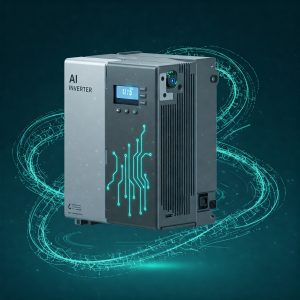August 6, 2022, 5:13 PM IST Kunwer Sachdev in Voices, Companies, TOI
Union rural development and panchayati raj minister Giriraj Singh said at a recent conference, that India is increasing its reliance on renewable energy, intending to supply 50% of the nation’s electrical needs from renewable sources by 2030. Also, with the Paris Agreement of 2015, countries globally are putting renewable energy at the heart of their environmental strategies to reach the goal of achieving net-zero emissions by 2050.
But accelerating the transition from fossil fuels to renewable energy requires a solid technological infrastructure. A major challenge facing this shift is energy storage. As the focus increases on low-emission electricity generation sources, there is a growing need to balance the fluctuations in demand and supply.
While pumped-hydro storage has been at the forefront of energy storage globally, it is quickly losing attention given its geographical and environmental constraints. This has paved the way for new technologies like battery storage that have become a critical component to better integrating huge volumes of variable renewable energy.
So, what is battery storage?
Battery storage, also known as battery energy storage systems (BESS), allows energy from renewable sources, like solar and wind, to be stored and released. It allows consumers to consume a higher percentage of self-generated renewable energy. This minimizes the need to feed extra electricity back into the grid and helps balance out the variability in generation.
A steady increase in economic viability has introduced new uses for battery storage. These systems can also support the integration of additional low-carbon power, heat, and transport technology. Moreover, they are helping businesses move away from fossil fuels and optimize their power usage in a more commercially feasible way.
Here are some other ways in which renewable energy powers battery storage technologies:
Longer Life-Cycle
The introduction of lithium battery and the continuous improvement in battery technology has reduced the density of energy. This has improved its life cycle and has revolutionized the renewable energy industry globally.
All-time availability
Although sun, wind, and tidal energies are clean and renewable, they all have a major disadvantage- they aren’t available all the time. For example, to generate solar energy, you have to feed sunlight through the grid, which you can only do during the day. Battery storage reduces the reliability on the grid feed system. It stores excess power, ensuring that you can use it whenever required. On days when your system doesn’t produce the required amount of energy, you can pull it from the battery storage instead of the grid.
Less dependency on power grids
Battery storage facilitates a lower cost of solar power generation as compared to power distribution companies. This is because you can install the storage system locally. This eliminates power losses due to distribution and maintenance and reduces the dependence on power Discoms. Sharing power among multiple users through block chain systems will further fuel self-reliability.
Integrates multiple variable resources
Energy storage integrates diverse resources and facilitates a smooth delivery of variable resources like wind or solar, by storing excess energy. It also supports effective energy delivery for inflexible and baseload resources. When there are rapid fluctuations in demand and flexibility is needed, battery storage can extract or inject energy to keep up with the required load. This makes it a crucial component when your baseload resources can’t react quickly.
Hence, to conclude, the cost of generating power through solar will be cheaper with a battery storage system. This can even compete with established power distribution companies. Moreover, with a local storage system and zero power loss for distribution and maintenance, users can become self-reliant in the future.
A renewable energy system with storage solutions will also enable users to share the power among each other and do away with the dependency on distribution companies. Maintaining wires coming from hundreds of kilometres away, controlling power distribution, and incurring losses will be challenges of the past.
Also, for the now growing EV industry, this system is a must-have. Without solar storage solutions for charging stations, we’ll be comp
The know-how of using renewable energy for battery storage (indiatimes.com)










